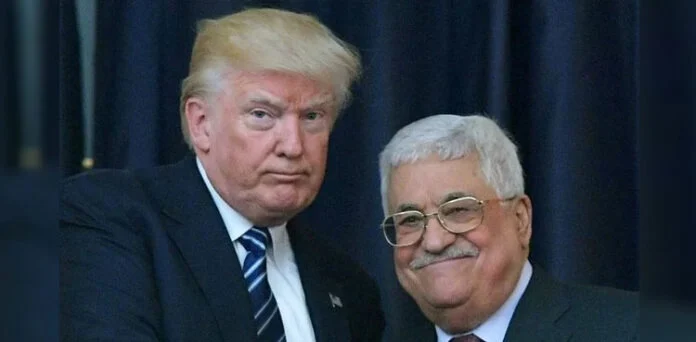
If you’re a scientist, engineer, tech innovator, or medical professional looking to advance your career through international collaboration in the United States, a new report from the National Academies of Sciences, Engineering, and Medicine (NASEM) offers critical insights into the challenges and opportunities facing global STEM talent.
A recent visa survey by NASEM’s Board on International Scientific Organizations (BISO) and the International Visitors Office (IVO) highlights the significant barriers that international professionals encounter when trying to enter the U.S. for short-term academic and research activities such as conferences, workshops, and collaborations.
While the U.S. remains one of the most sought-after destinations for STEM professionals—offering advanced research infrastructure, access to leading experts, and powerful networking opportunities—the process of securing a visa has increasingly become a roadblock. The survey found that 40 percent of respondents were unable to attend U.S. events due to visa-related issues. Others faced scheduling difficulties (38 percent), administrative delays (22 percent), or couldn’t secure an interview appointment in time (12 percent). In some cases, professionals opted out of applying entirely, choosing instead to redirect their academic efforts elsewhere.
A significant number of survey participants reported pulling away from U.S.-based collaborations. Around 30 percent no longer apply for U.S. visas due to the complexity of the process, and 27 percent have reduced or stopped working with U.S. institutions. This shift is contributing to the rise of other global hubs in Europe and Asia, which are becoming more attractive alternatives for international researchers and innovators.
Recognizing the impact of these barriers and the ongoing demand for STEM talent, the U.S. has taken steps in 2025 to address the issue. One initiative is a bipartisan STEM retention bill introduced by Senators Dick Durbin and Mike Rounds, designed to offer international STEM graduates of U.S. universities a clearer path to stay and work in the country after completing their studies.
In addition, the Biden-Harris administration launched a five-year strategic plan to strengthen the national STEM workforce. This plan focuses on expanding capacity, improving diversity and access, and ensuring that the country remains competitive in a rapidly changing global environment.
The U.S. has also implemented reforms to the EB-1A visa, commonly known as the “Einstein Visa.” These updates broaden eligibility and allow a wider range of documentation to demonstrate exceptional ability, making the visa more accessible for top experts in fields like artificial intelligence, biotechnology, and engineering.
For professionals planning a U.S.-based STEM career or collaboration, early preparation is key. Visa processing can take months, so it’s essential to begin early, gather necessary documents—including invitations and financial proof—and seek support from host institutions. Keeping track of evolving immigration policies will also help in making informed decisions.
While challenges remain, opportunities still exist for those who are proactive and well-prepared. The U.S. continues to value international expertise in science and technology, and with new policies in place, there’s potential for a more accessible path forward for global talent.



















